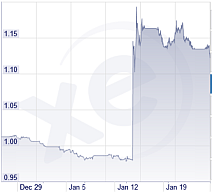(There is a followup posting.)
On January 26 I blogged here about the earthquake that happened on January 15, in which the Swiss Franc jumped some 30% in value. I talked about how this earthquake affected the World Intellectual Property Organization in Geneva. I mentioned that the legacy approach to currency exchange rate shifts entailed a time lag of as much as three or four months, a time lag that would cost WIPO some millions of dollars. I mentioned that the various patent offices around the world, in their role as PCT Receiving Offices, might or might not choose to accommodate WIPO by implementing new fee amounts sooner. I wrote to USPTO and to EPO to urge them to accommodate WIPO in this way. Here’s what I heard back from those patent offices …


